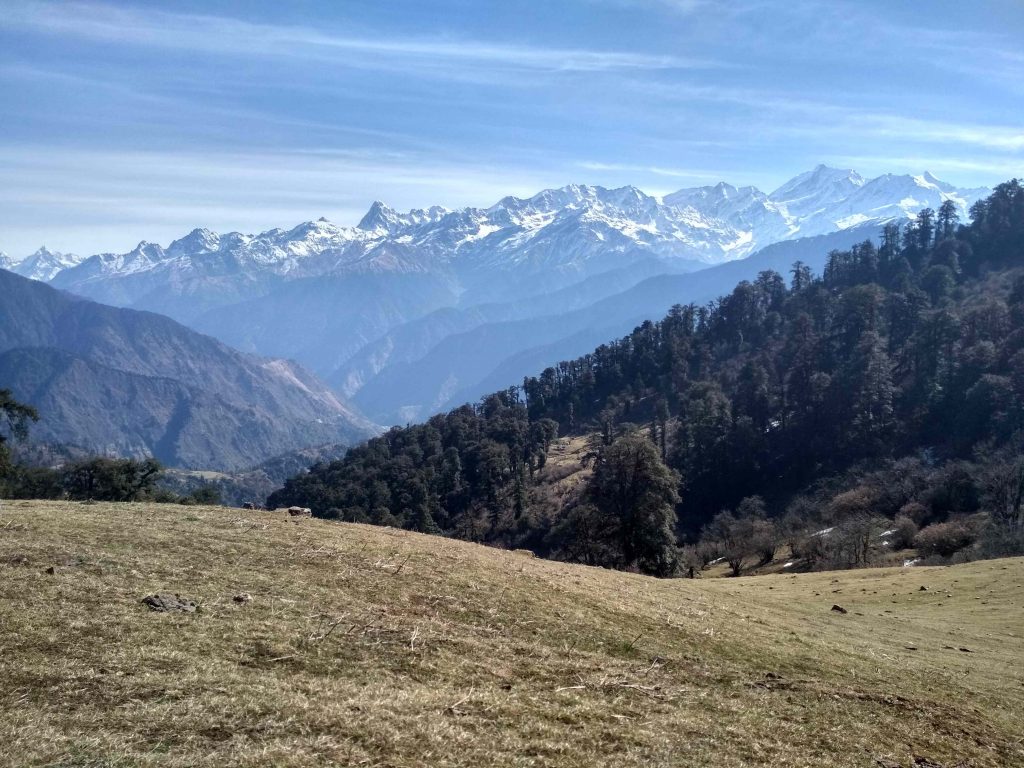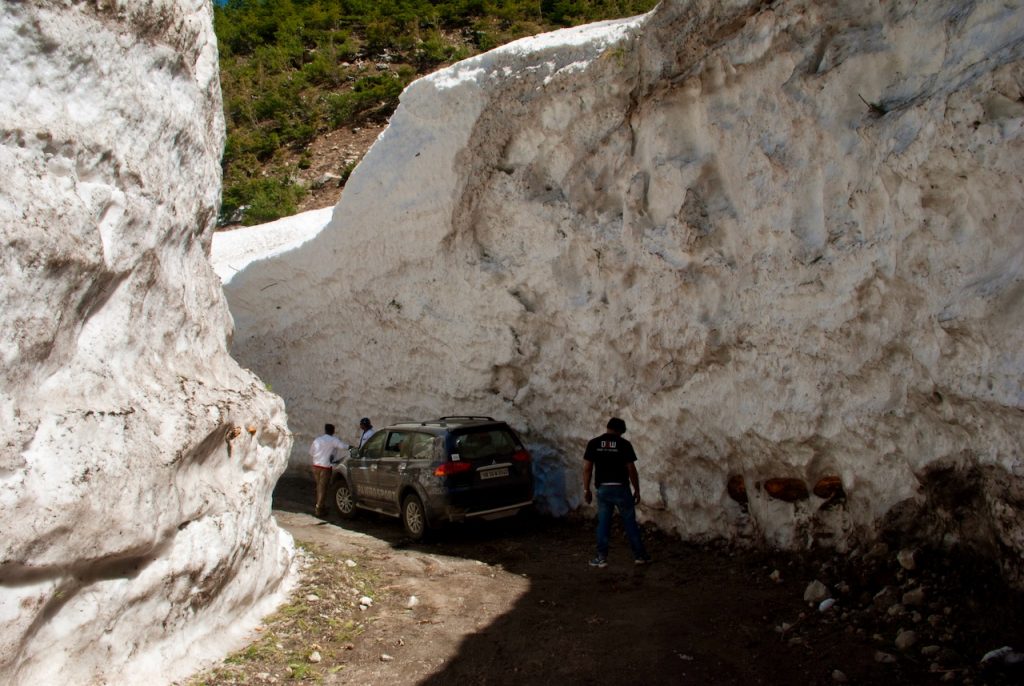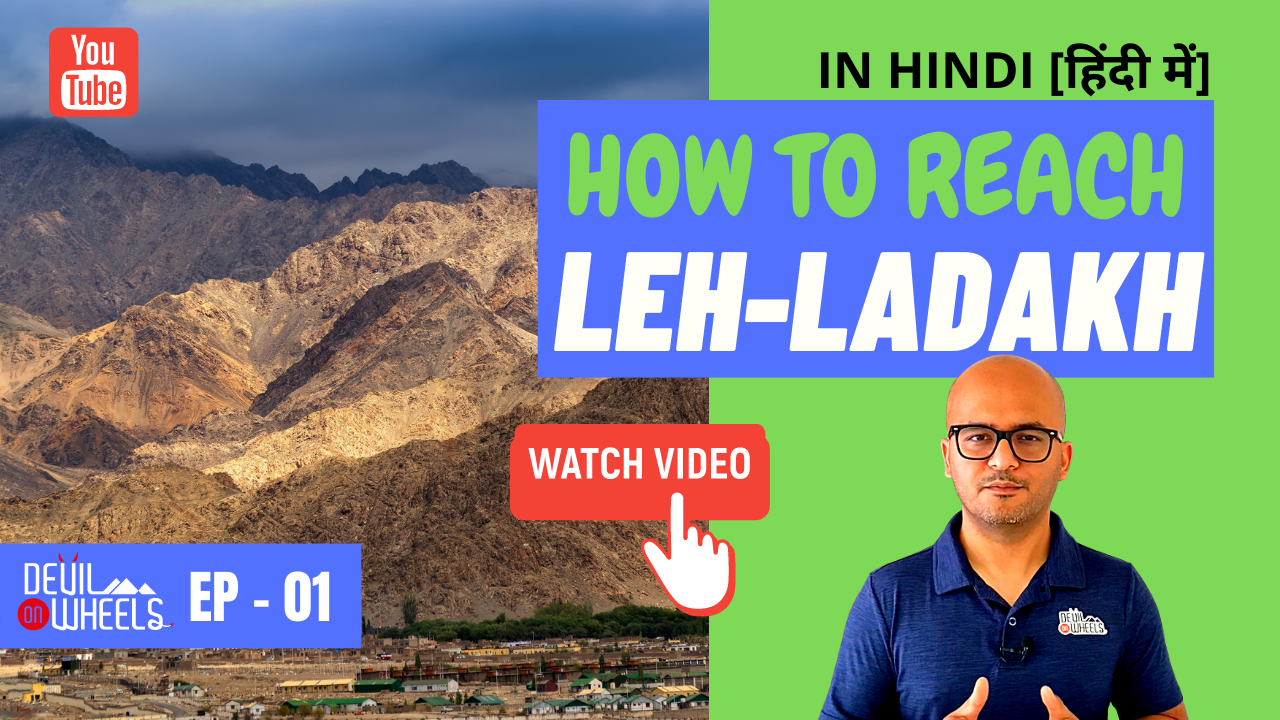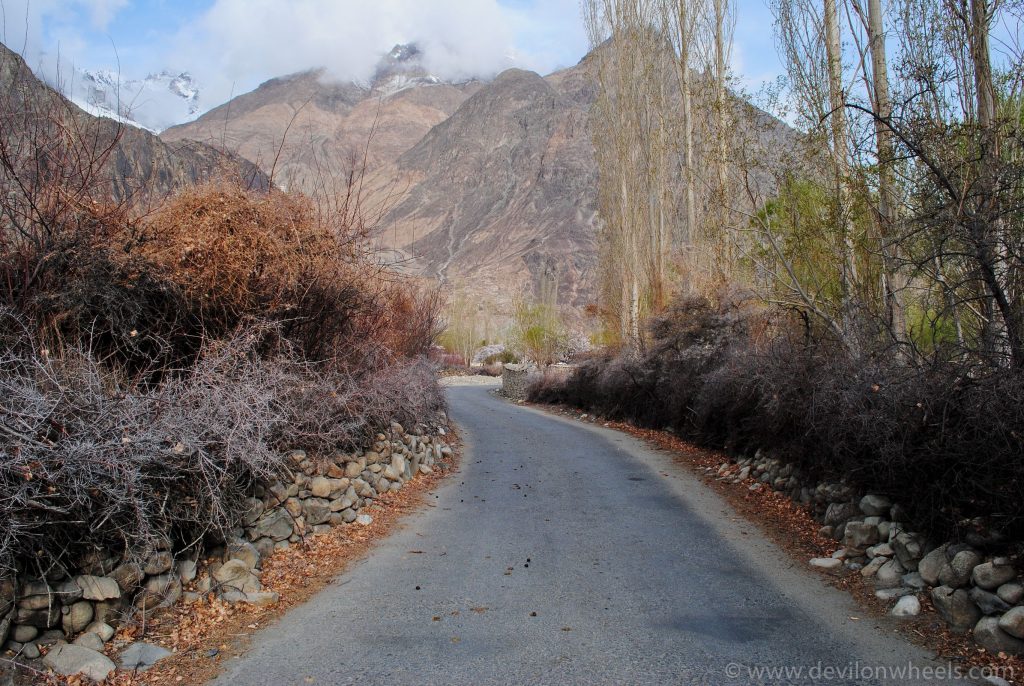[ad_1]
Nelong (aka Nelang) Valley is a cold desert mountain area in Uttarakhand, very close to the Indo-Tibet Border. Truly the Ladakh of the state, the region opened up to , after being shut from the outer world since the 1962 India-China war. Bearing a striking resemblance to Tibet and features high peaks having a similar climate and landscape to that of Lahaul, Spiti Valley, and Ladakh, Nelong is a stunning place to be.
Given that the valley is a part of the Gangotri National Park and holds an important strategic location – travelers are not allowed to stay overnight. This rule applies for within the 25 km area between Bhairavghati and Nelong.
Situated at an elevation of 11,400 feet, Nelong Valley is, in my humble opinion, a stunning, exquisite and literally untouched region in the Uttarkashi district. Nelong Valley truly is a picturesque enchantment complemented by rich wildlife of endangered species like Himalayan Blue Sheep, Snow Leopard and Musk Deer. Apart from all this, adventure travelers and seekers of the unseen and untouched would definitely be enamored by this place!

About Nelong Valley
Some say Nelong translated to the place of blue stones. The valley is storied and enjoys similar landscapes to Ladakh – thereby you can imagine the rich natural beauty of the region. The region also houses remnants of the treacherous Indo-China trade route. The old infrastructure still exists, and includes the Lal Devta Temple and Garstang Galion. Also, it is believed that it was through this valley that Hienrich Harrer escaped to Tibet. What’s an added advantage – you get stunning views of the Tibetan Plateau.
The only unfortunate part is that since the valley has been closed to the rest of the world for nearly 6 decades, there is a real fear that the place might lose all its culture and heritage – as they won’t get preserved and documented. The government has taken the right steps in opening up the valley to tourists – though in strict guidelines. The aim now should be to gradually bring up trade and thereby, business to the local community and help in grow as well!
Wars and Nelong Valley
Long before Tibet was occupied by China, Nelong Valley was an essential trade route between Tibet and India. In fact, you will be taken aback by the sheer similarities between the valley and Tibet – if you’ve ever been there. This parallel is also common between the cold mountain deserts of Lahaul-Spiti and Ladakh. Similar to these valleys, Nelong Valley too has a deeply rich history and culture which is on the verge of being lost in political unrest and border conflicts. The villages which made Nelong Valley were vacated in 1962 during the Indo-China War, since then the historic valley is occupied by endless army .
Unfortunately, the tension on borders is so high that tourists are only allowed till 25 km inside the restricted area. Also, even though there is no modern documented (public) account of artifacts, heritage sites and ancient structures in Nelong Valley, locals and the local district magistrate are friendly and willing to share a lot of information! When you’re in the region – do remember to have deep meaningful conversations with the folks.
History/Mythology
Nelong valley lies on a route which was once a part of the ancient Indo-Tibetan trade but after the 1962 war, the residents of Nelong Valley- Rongpas also known as ‘Bhotiyas’ were forced to migrate to Bagori village, bunched in Uttarkashi district of Uttarakhand.
After the locals evacuated the place, the Indo-Tibetan Border Police (ITBP) checkpoints were set up in the villages. One can still see the remnants of the ancient trade route, including the vital narrow wooden bridge erected along the gorge.
Weather
The weather in the valley is truly extreme cold! In the winter months the maximum temperature hovers around -5 to -10 degrees, while the lows are around -15 degrees Celsius easily. Even in the summer months, the maximum temperature doesn’t go beyond 5-10 degrees Celsius and the nightly lows are always in the negative!

Best time to visit
The Nelong Valley remains open from May to November, so you may plan your travels accordingly. The weather is truly the best in September, October and this is also the time when monsoon recede from Northern India and travelling to the region after the difficult and infamous Uttarakhand monsoon spells is the safest bet. Be careful of traveling after the monsoon season though to ensure maximum safety.

How to get there
Situated at an elevation of 11,400 ft., the Nelong Valley is only 45 KM before the Indo-Tibet border. Very close to Harsil, the valley is an integral part of the Gangotri National Park and is well connected by road from Dehradun, Rishikesh and Haridwar.
You can enter Nelong Valley from the Bhairon Ghati (Bhairav Ghati), only 24 KMs away (or 100 KM from Uttarkarshi). From the Ghati, you’ll be taking the Forest Department vehicle (after receiving necessary permits).
By Air
Jolly Grant Airport in Dehradun is the closest and most accessible airport from Nelong Valley. It is situated about 315 KMs from the valley. You can hire a taxi and buses for your onward journey up to Bhairav Ghati.
By Rail
The nearest railheads are Rishikesh and Haridwar. Dehradun Railway station is 259 Kms from the Nelong Valley. Again, taxis and buses are available (in the AM) for Bhairav Ghati.
By road
Overall the road journey is about 10 hours of driving time. The journey is extremely scenic and worth every second you spend on the road. You’ll reach Bhairav Ghati (very close to Gangotri) and from there, the Forest Department Jeep will take you further.

Guidelines to visit Nelong Valley
Since the valley has been opened to public in 2015 – there are very strict and stringent guidelines on the number of tourists that can visit. Firstly, you need to be an Indian National to get a permit. Secondly, it there is a maximum daily tourist quota for when the valley is open. There are guidelines of State Forest Department, because of which personal vehicles are prohibited to enter the region and only 6 Forest Department Vehicles, carrying 4 people each are allowed to enter in the valley per day.
Now, in order to track all of this – you need to take a permit from the SDM (sub-divisional magistrate). This would also require you to furnish a fitness certificate that clearly states you’re physically fit for the trip.
I would like to highlight here again – that Foreign nationals are not allowed to visit the valley.

Process
Getting a permit is a bit of a hectic process. I recommend that you keep a buffer of 2-3 days in your schedule for this permit. Let me walk you through the process!
1- Submit a written application (to the District Magistrate) in Hindi stating your reasons to travel to Nelong Valley. This should also include the names of all people travelling. You should note, only SUVs are allowed for this journey – and the details of the car needs to be given as well. Also, you need to attach your ID proof (photocopies). Original +Three copies of this application is required for getting the permit.
2: Visit the District Magistrate’s office in Bhatwari, located very close the main road near the Annapurna Temple(Uttarkashi). I would urge you to plan ahead and call the office before heading out to confirm the SDM is available. After checking all your documents- you will receive your letter, with signed original set of application with ID proofs (Original for you, one set of photocopy for their records).
3: After this, you’ll need to visit the Forest Office in Kotbangla, two kilometers uphill from Uttarkashi. The third set of your application will be submitted here and you will get another signature added to your original application along with another letter of approval from the Forest Department.
4: Now, you need to head to the Local Intelligence Unit, District Thana, located behind the famous Vishwanath Temple of Uttarkashi. Here, you submit the final set of your photocopy and a sign on your original. This is the most time consuming part of the process. Again, the LIU will sign your original and keep the final set of photocopies.
5: Take all your documents and signed original back to the PA of the District Magistrate. He will prepare a brown paper, get it signed by the SDM and give you. This is your permit.
This process can take anywhere from a day to a week – depending upon your luck. Also, keep your permit with you and guard it with your life!
Where to stay
An Inner Line Area, Nelong valley is open to Indian tourists only during the day time.
Spend nights at Gangotri or Harsil, both are exceptionally beautiful. Don’t stay at Bhaironghati but do head there for delicious mitti ki chulhe ki chai. Gangotri is five hours from Uttarkashi, Harsil is four hours and Nelong Valley come before Gangotri.

Things to keep in mind
- Given the high sensitivity of the location, Foreign Nationals are not permitted in the Valley.
- Overnight stay is not allowed in the valley – which essentially translates to no /staying here
- Maximum of 6 Forest Department vehicles with 4 occupants each is allowed inside the Nelang Valley on a daily basis
- The visiting months are limited from month of May to November.
- As of now, a permit letter is required to visit the valley from a sub-divisional magistrate. However, these regulations are soon expected to ease over time.
- The drivers in Uttarkashi are not at all familiar with the terrain and they will definitely over-charge you. If you’re a decent driver in the hilly terrain, I would highly recommend going by a motorcycle/ SUV (4X4) for an amazing journey of 25 KMS. It is truly thrilling and stunning. However, from Bhairav Ghati, you’ll have to park your vehicles to embark the rest of your journey in Forest Department Vehicles.
- Until Nelong Valley is opened properly and made more accessible, it is very difficult and almost futile for backpackers to travel through, unfortunately. You won’t be able to experience much when here. However, it is worth a short detour if you’re in the Gangotri region (only 30 Minutes from the valley entrance)
- 150 per person and 250 per vehicle entry fee into National Park (Yes, the region is a national park)
Appeal
It is my humble request to anyone reading this to PLEASE not litter in the hills. Even if you’re going to touristy places and especially in far flung, isolated villages – please ensure you clean up after yourself. Carry a with you and keep refilling it. If you have to buy filtered water – please ensure you dispose it off properly. There are not cleanup crews coming after you to pick up your trash. It breaks my heart to go into the hills and see plastic bottles, cigarette butts, paper plates, half eaten food containers, discarded clothes and so much more filth strewn around.
I love the hills, as I am sure you do too! Let’s do our part in ensuring that when we return the next time the place is still the same. Anyone who travels through the hills is a part of a very sacred community. It is our duty to ensure the hills are clean for our community. We should not be making it difficult for people living in these villages in already tough circumstances! With folded hands, I request you to please clean up after yourself.


Conclusion
There is no denying that Nelong Valley is exceptionally beautiful. But just as much the beauty fills your heart it also breaks it. The restrictions are completely valid, but they have indeed prohibited an entire community’s history and heritage to exploration. I pray for things to get better so that Nelong Valley finally gets the love, not just protection, that it deserves.
Are you looking for the CUSTOMIZED TOURS?? Get in touch with our our handpicked & trusted Destination Specialists from the Himalayas who offer SPECIAL DISCOUNTED RATES to all the readers/followers of the Devil On Wheels website.

[ad_2]
Source link